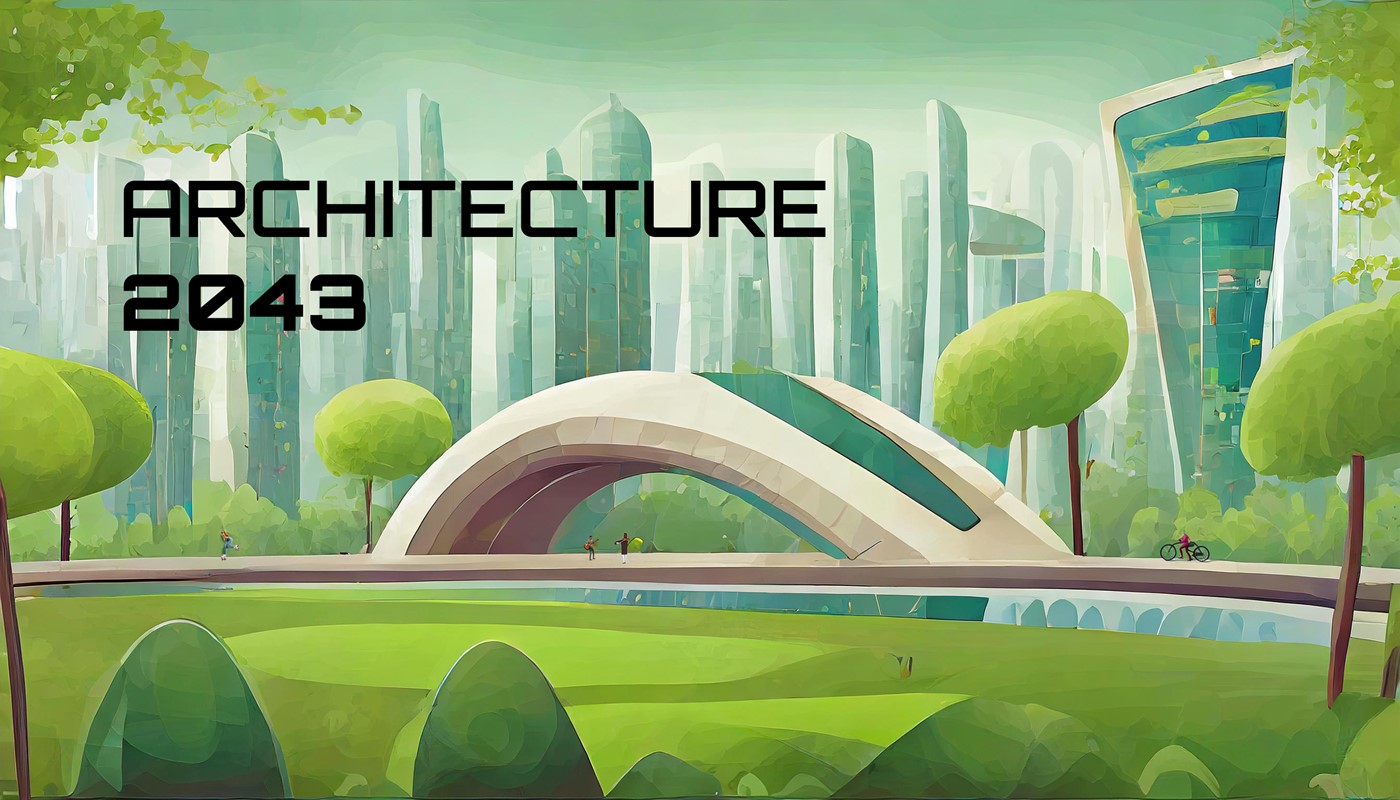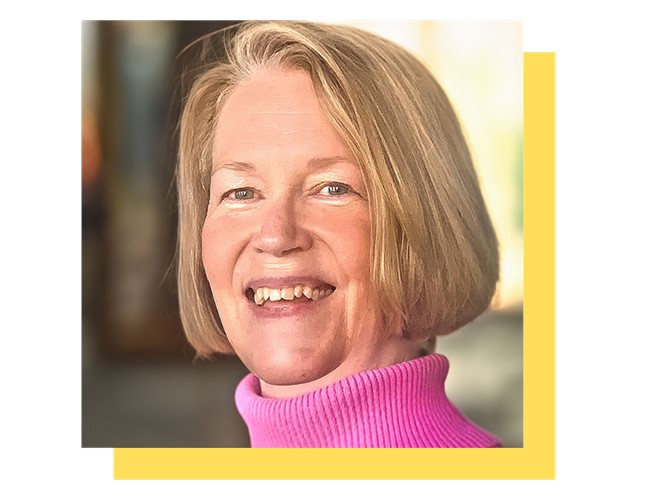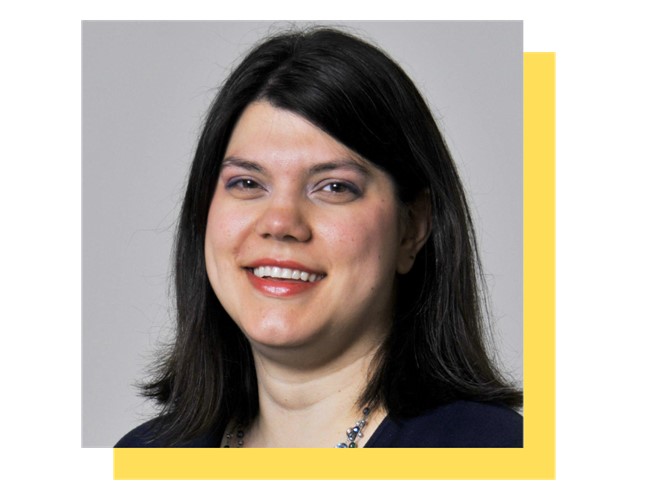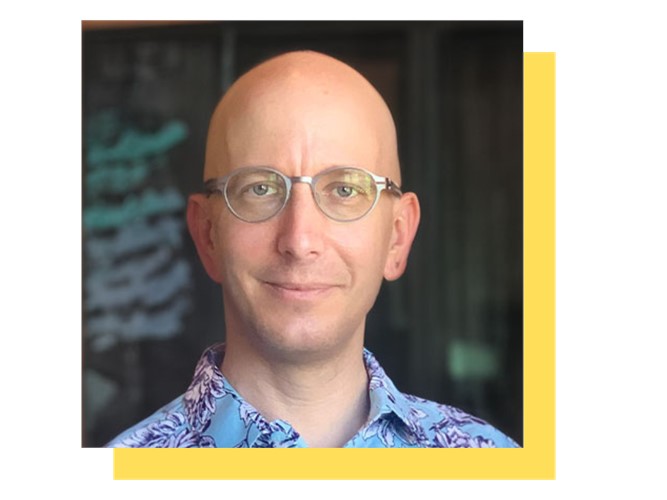
Architecture in 2043
The Architect’s Newspaper recently asked architects, writers, and scholars from across the globe: What do you hope architecture will look like in 2043? It’s a fascinating question, and ABA staff weigh in here with their own perspectives.
 Maggie Bao, Designer
Maggie Bao, Designer
I envision a future in 2043 where architecture is significantly more diverse and adaptable. Individuals with diverse social, cultural, and environmental concerns would have the opportunity to actively contribute to the design and construction of buildings and cities, with the aid of new technologies. Buildings would be much more adaptable with a much longer lifespan. They would be capable of expanding, contracting, undergoing partial replacements, and being reassembled with ease to address various functional agendas. Furthermore, the seamless application of newly developed technologies to existing structures would become a commonplace practice.
 Clayton Cravea, AIA, Project Architect
Clayton Cravea, AIA, Project Architect
My wish is that by 2043 architecture will be better embedded in our social conversation than it is now, with clients having a stronger understanding of how their projects set precedents for the future.
Some of that conversation is already underway, assisted by the use of new tools and techniques that are making it even easier to do collaborative project management and design work. We are definitely seeing more opportunities for multi-disciplinary partnerships that are making progress in looking at projects for the long term rather than the year’s short-term bottom line. But I think that we, as architects, also need to help further develop the Building Code and/or other standards to increase the level of craftsmanship, quality of construction, and introduce more building science requirements for our buildings. This will be especially important as we work to make our buildings last a long time and function as healthy environments for their inhabitants – especially given the social impact of healthcare and people’s increasingly longer lifespans.
 Amy Crawford, Interior Designer | Associate
Amy Crawford, Interior Designer | Associate
I’d like to see a more global understanding of how architecture and interior design can affect and even improve our lives. I would like to see unselfish architecture that has a goal of bettering the planet and the lives of the people living on it. I would love to see clients be so educated about this that they are coming to us asking or even demanding that their buildings and projects meet very high sustainability and human health standards, rather than us having to try to educate them and talk them into doing it. I would also hope to see it be more affordable to do projects like this. If I had been asked this question 20 years ago, I would have been sure that we would have already reached this milestone but alas, not yet. I would like to see every building – new, old, renovated, etc. have no impact on the planet – be NetZero (or whatever the new version of it is), use materiality that is 100% recycled or reused, etc.
I would like to see access to the type of architecture described above available to people from all walks of life. Not just the wealthy, corporations, etc. People in low-income housing, libraries, schools, hospitals, etc. should have access to spaces that are good for them.
 Catherine Jacobsen, Project Manager
Catherine Jacobsen, Project Manager
I’d envision that the rule of thumb for every project in 2043 would be to minimize the culture of consumption and maximize community benefit. Sustainability is no longer part of the agenda but the only option. With maybe a few exceptions, single-purpose buildings would be a thing of the past and flexibility would be embedded in our framework for decision-making. Adaptive reuse would be the standard unless the feasibility to meet health, well-being and stringent sustainability goals is not possible. Material reuse with zero waste would also be the norm. Basically, we would focus on what we have rather than first assuming the need for something new.
 Krista Nelson, AIA, Healthcare Practice Leader | Associate Principal
Krista Nelson, AIA, Healthcare Practice Leader | Associate Principal
I hope communities start thinking about how to make their communities more walkable. Right now, there are walkable communities around downtown Willow Glen, Campbell, Mountain View, and other locations. For the most part, the housing in those locations is even more expensive than in the rest of the area. How can we continue moving from suburban sprawl to communities where we can walk to things that we need regularly?
 Katherine Rivard, Community Practice Leader | Associate Principal
Katherine Rivard, Community Practice Leader | Associate Principal
I hope there will be a greater and more ingrained sense of stewardship for our built environment. It can be so easy to chase after the next shiny thing, indulging our ego or boasting how it will “save the world”. Instead, the everyday maintenance and care of our buildings can bring healing for our hearts and souls. This mindfulness helps us to appreciate what is well made and to walk more carefully as we create our built environment. This cultural shift would require a change on many levels, from operational budgeting to design and construction schedules, but would also have far-reaching value.
 Lee Salin, FAIA | Managing Principal
Lee Salin, FAIA | Managing Principal
Design will matter even more in our future!
But not just design.
Owing to the likelihood of increasing threats from global warming on the natural environment, climate, and energy resources, as well as the elevated importance of equity and social justice, my hope is that architects will have become more influential by 2043 in shaping public policy, legislation, and building codes.
We already understand how design excellence improves the human experience and encourages environmental stewardship, whether through the quality and durability of building exteriors, the sensitivity and functionality interiors, reduction of energy usage and waste, or other interventions. By leaning even further into data analyses, evidence-driven processes, and a more systematic understanding of human behavior, I envision architects with a greater leadership role that goes beyond how we build to a stronger influence on why we build.
 Frédérik Sisa, Senior Marketing & Business Development Manager | Associate
Frédérik Sisa, Senior Marketing & Business Development Manager | Associate
Looking at the state of architecture today, it’s clear to me that we aren’t lacking in both imaginative thinking and technical acumen. I’m continually amazed by how architects and their industry partners can take advantage of both traditional building approaches and new innovations not only to create buildings, places, and environments but contribute solutions to our many social, and global, challenges. My hope for the future, then, doesn’t rest so much in architecture itself, a profession whose roots in design thinking make it uniquely adaptive to changing circumstances, but rather in changes in the context through which architecture is practiced. Unless our thinking about economics and politics changes, and takes on a desperately needed urgency to address environmental and other social challenges, all the skill and imagination architects offer will remain constrained by the same forces that frustrate progress today. In other words, architecture can help make the world a better place for all – we just need the collective will for it. Hopefully we’ll have figured it out by 2043.
 Katherine Schaefer, Designer
Katherine Schaefer, Designer
By 2043, I hope that architecture grows into an even more valued, wholistic and collaborative effort with a greater emphasis on sustainability, inclusivity, and quality over shortcuts and savings. The industry standard should be future-focused, thinking beyond the immediate needs of the client and consistently asking what more architecture can do to improve functionality, user experience, and to help the community. I also hope that technology and innovation improve, and that we can use new tools to work more efficiently and produce better solutions to issues in the design and construction processes that contribute to architecture’s environmental impact.